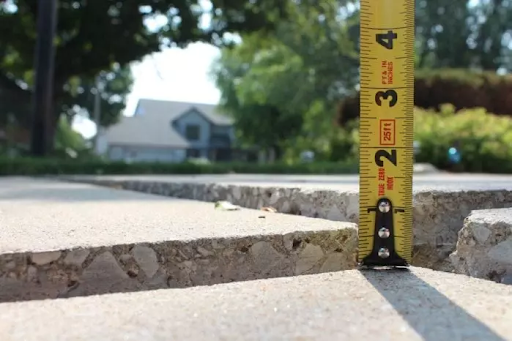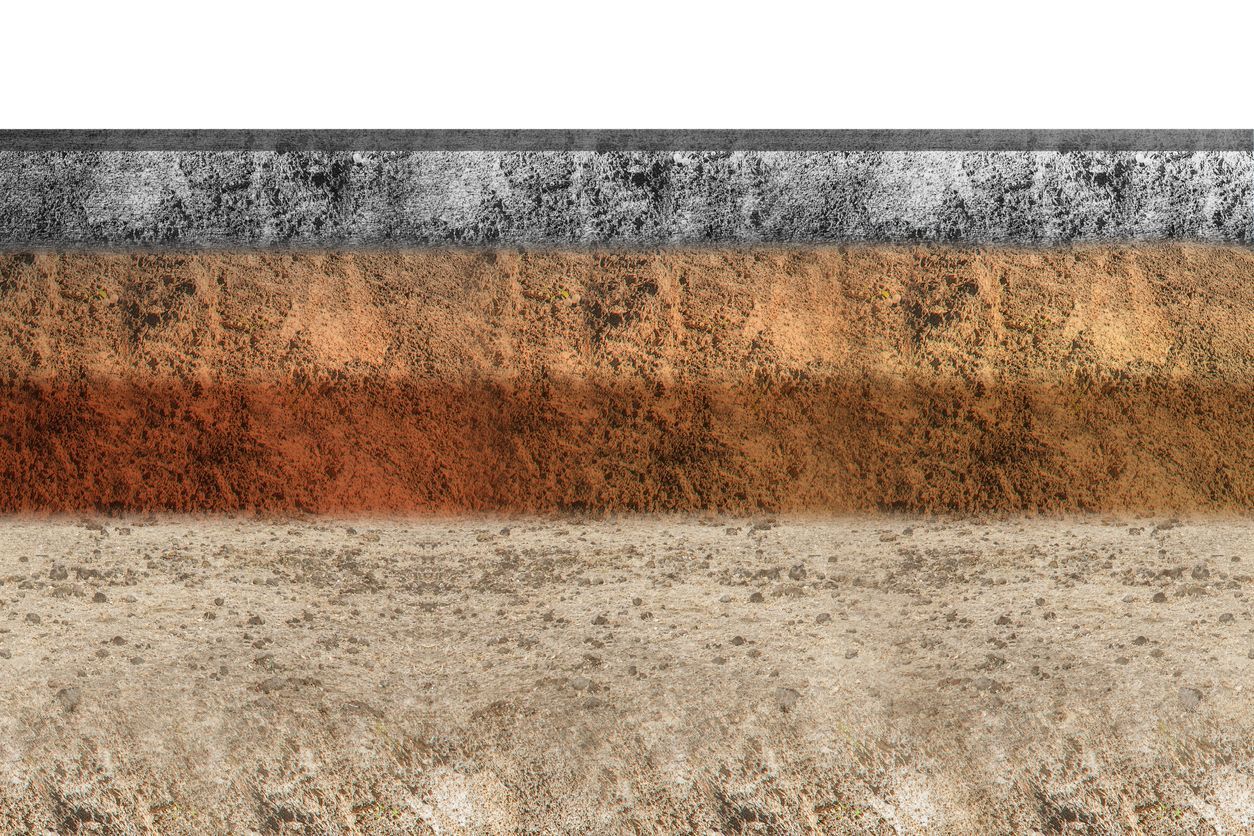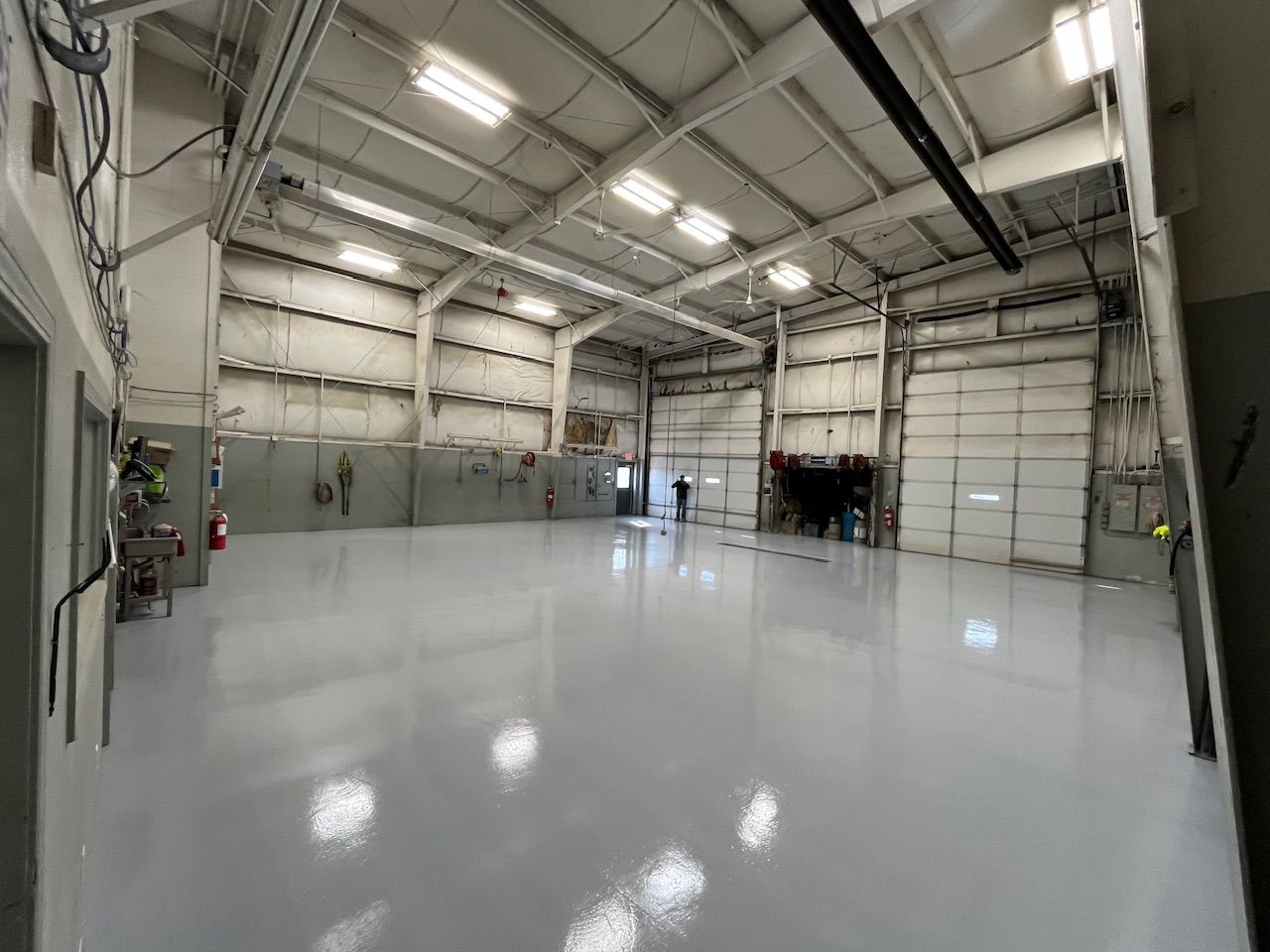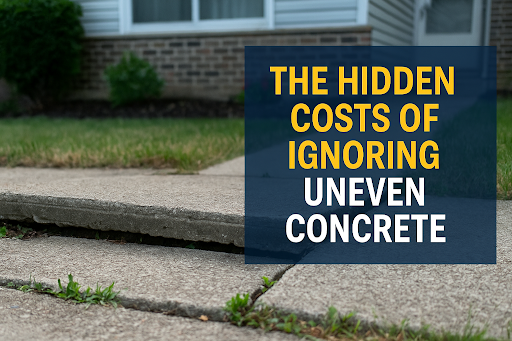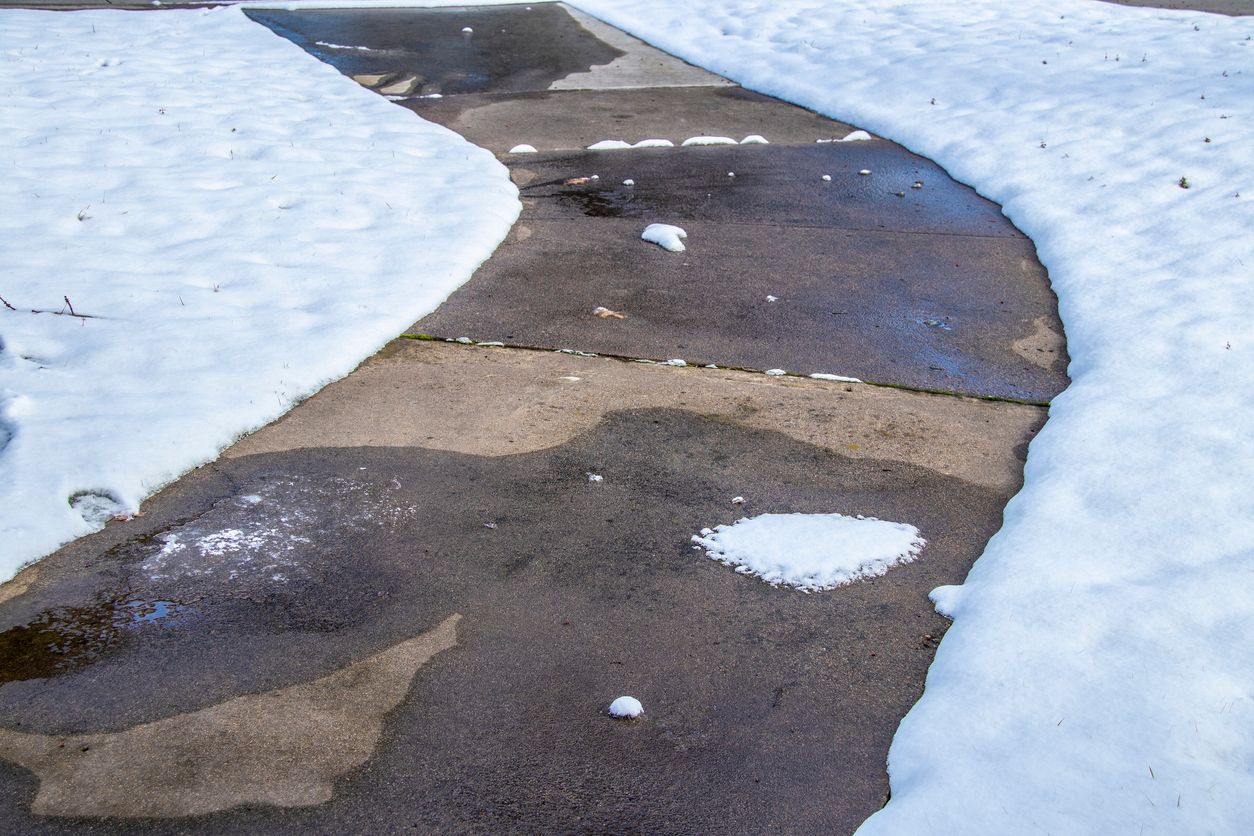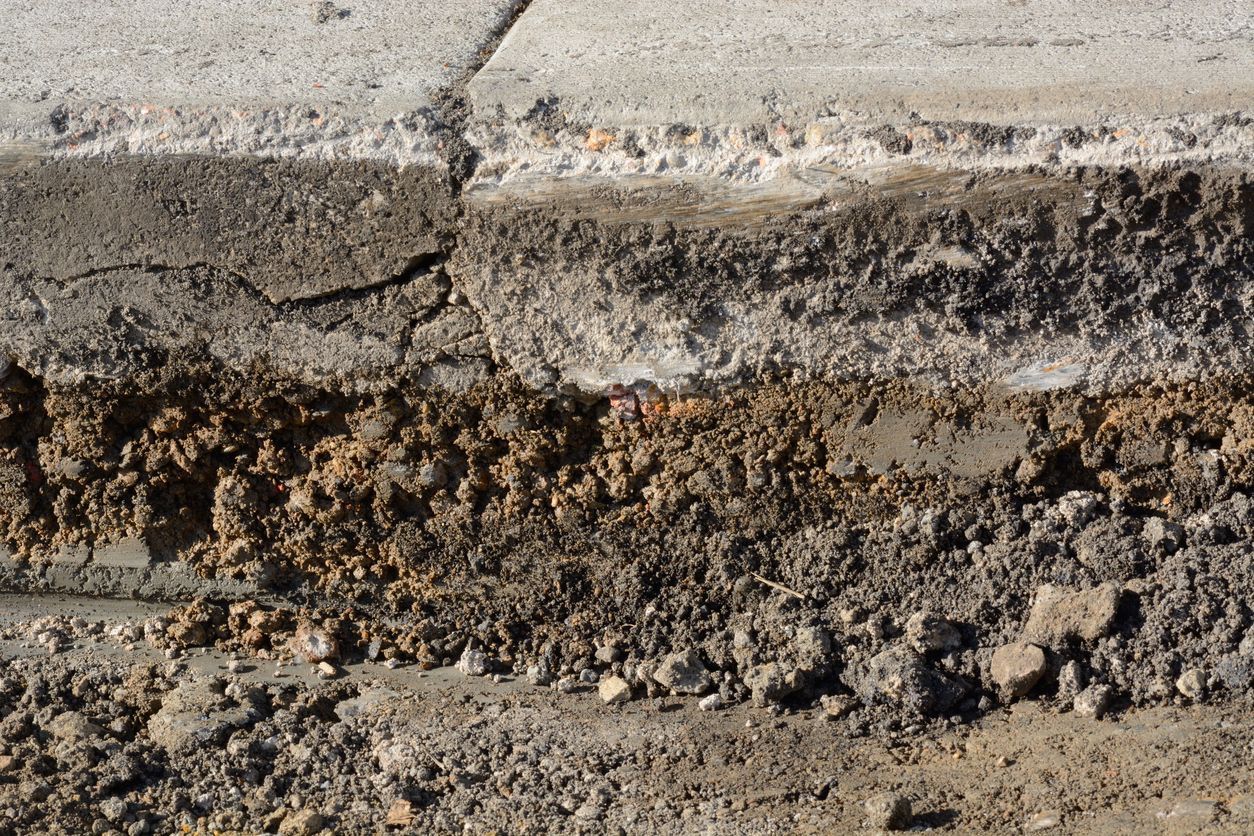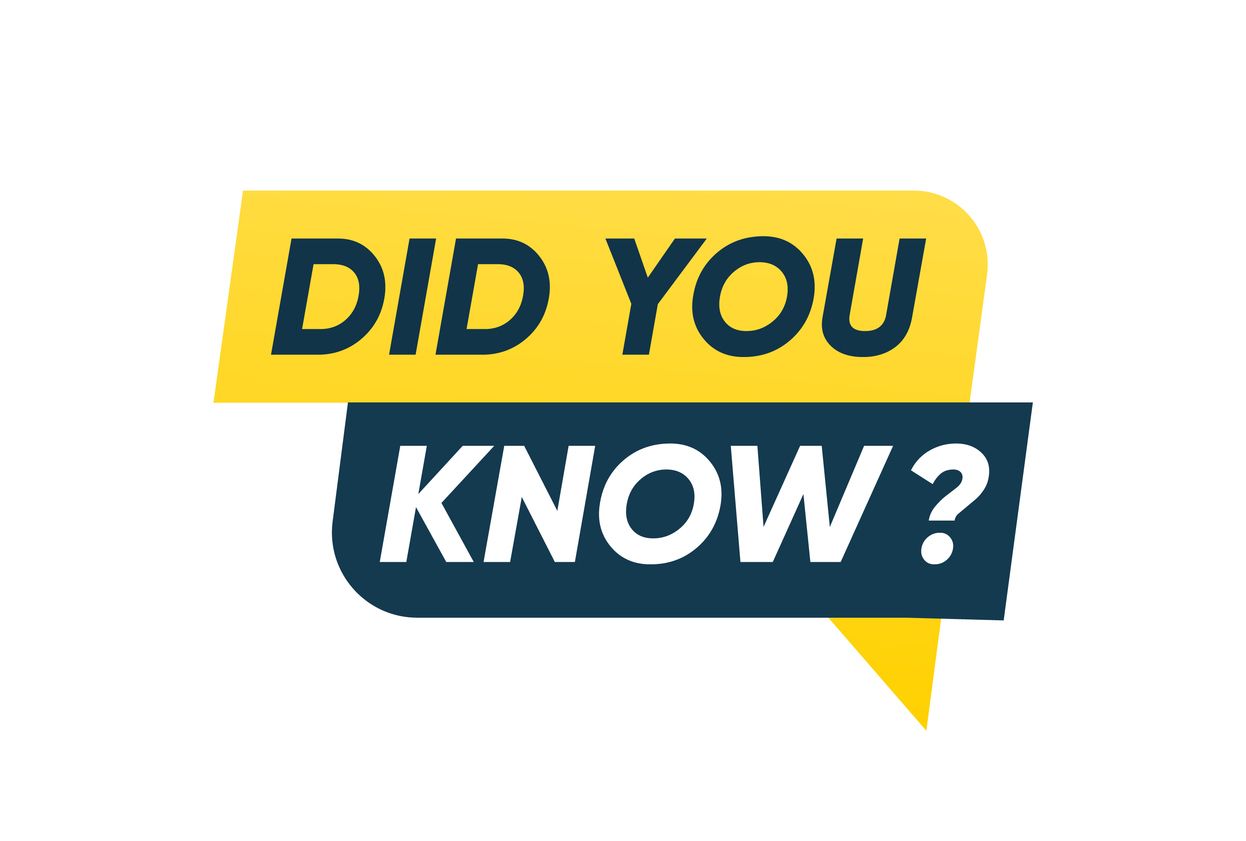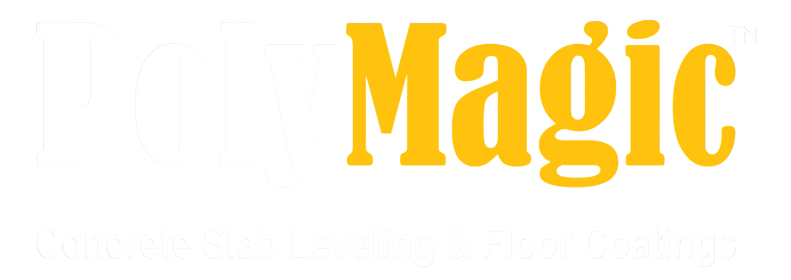What You Should Know About Concrete Lifting Services
Like any other part of your home, concrete occasionally needs maintenance and repairs. It's not uncommon to see uneven or settled concrete in high-traffic areas throughout Kansas City. Homeowners often seek effective ways to improve the appearance of their concrete and eliminate the potential trip hazards that come along with it.
Many people believe the only way to fix sinking or broken concrete is to tear it out and replace the entire slab. Fortunately, that’s not always the case. Concrete lifting is a reliable, non-invasive solution. The process involves drilling small, strategic holes into the settled slab and injecting a specialized compound beneath it to raise the concrete.
Read on to learn the key details about this high-impact concrete repair method and tips for choosing the right service for your home or business.
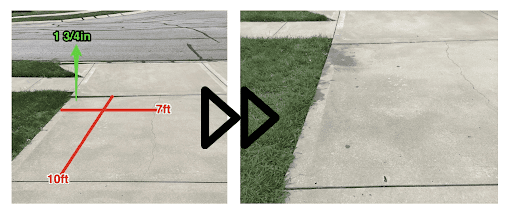
Concrete Lifting: A Quick Overview & How Does it Work?
Concrete lifting—also known as concrete leveling—is the process of repairing sunken concrete by injecting material underneath the slab to lift it back into place. Small holes are drilled into specific locations of the slab, and through these, a special mixture is injected.
This mixture fills the voids under the slab and raises it to its original position. Once the material cures, it forms a strong, stable base that allows for safe use of the surface again.
While there are multiple ways to lift concrete, the overall concept is the same: it’s a cost-effective and efficient method to repair damage without full slab replacement.
4 Main Types of Concrete Lifting
Here are the four most commonly used methods of concrete lifting, used across a variety of environments—from homes and small businesses to airports and industrial spaces:
1. POLYJACKING
Polyjacking is one of the most advanced and widely used concrete leveling methods. It involves injecting a high-density polyurethane foam beneath the slab to lift, level, and stabilize it.
Small, nickel-sized holes are drilled into the surface, and the foam is injected with specialized equipment. As the foam expands, it fills voids and lifts the concrete. The polyurethane material is eco-friendly, made from recycled and renewable components.
Typically, this high-strength foam can expand up to 7 feet under each drilled hole. In addition to stabilizing settling foundations, it offers long-lasting durability.
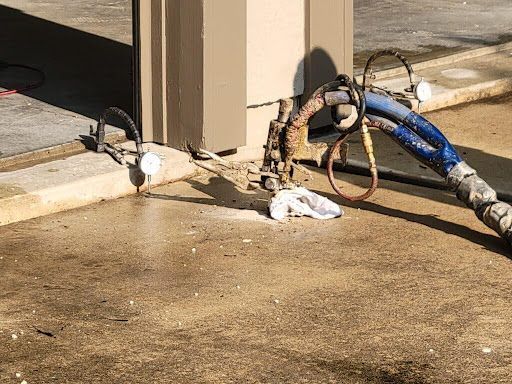
2. MUDJACKING
Mudjacking is another traditional method used to lift sunken concrete, commonly applied to sidewalks, driveways, and patios. In this process, a hydraulic pump is used to inject a slurry of mud beneath the concrete.
The slurry fills the voids under the slab, pushing it back to its original level. Once hardened, it supports the concrete in place. The success of mudjacking depends heavily on soil stability, as the material must be strong enough to prevent future sinking.
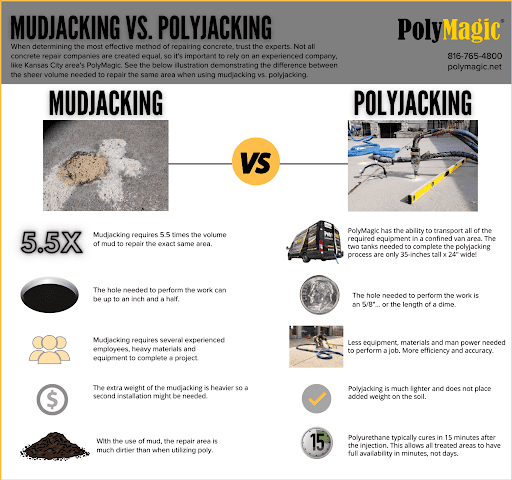
3. STONE SLURRY GROUT CONCRETE LIFTING
Stone slurry grout lifting uses a mix of pulverized limestone and water to lift the slab. As with other methods, technicians drill holes in the surface and pump the mixture beneath the concrete.
The clay-like consistency of the stone slurry makes it extremely durable and unlikely to shift over time. With proper care, this method can provide a lifetime fix.
4. SELF-LEVELING CONCRETE
As the name suggests, this method involves using a concrete mixture that levels itself. A pre-mixed powder is combined with water to form a pourable liquid, which is then spread across the area using a gauge rake.
Self-leveling concrete flows smoothly and fills low spots, drying faster than traditional concrete. It’s a popular choice for surface refinishing where appearance and speed are a priority.
Major Signs This is the Time for Concrete Lifting
If you’re starting to notice signs of wear or unevenness in your concrete, it may be time to consider a professional lifting service. Early detection can help prevent more costly repairs down the road.
Common signs include:
- Visible cracks in the concrete
- Warping in your flooring
- Uneven ground
- Separation in the concrete joints
- Damaged edges
- Sloping or sinking
- Raised or sunken concrete slabs
Addressing these issues early not only prevents structural damage but also eliminates safety hazards like tripping.
Benefits of Professional Concrete Lifting
Professional concrete lifting offers several important advantages. Here’s why more homeowners and businesses are choosing it over full replacement:
1. RESTORES STRUCTURAL INTEGRITY
Concrete lifting helps raise and stabilize settled areas, preventing further damage and restoring the surface’s strength and reliability. Once lifted, the slab can handle normal daily pressure and use.
2. ENHANCES SAFETY AND AESTHETICS
Even, level concrete enhances the appearance of both residential and commercial properties. For businesses, smooth surfaces create a more professional look and reduce liability by eliminating trip hazards—especially important in high-traffic areas like sidewalks, entries, and parking lots.
3. COST-EFFECTIVE, LASTING SOLUTION
Concrete lifting typically costs about half as much as a full replacement. That means you could save up to 50% on repair costs. On top of that, most surfaces are usable within hours or a couple of days after the lift. With proper care, results can last 20 to 50+ years.
HOW MUCH DOES CONCRETE LIFTING SERVICE COST?
The cost of your concrete lifting project depends on the method used and the size of the area needing repair. Below is a general breakdown:
| Concrete Lifting Service | Cost Per Square Foot |
|---|---|
| Mudjacking | $3 - $8 |
| Stone Slurry Grout Concrete Lifting | $7 - $25 |
| Polyurethane Foam | $5 - $25 |
| Self-Leveling Concrete | $1.50 - $5 |
Your success with concrete lifting depends heavily on choosing the right contractor. Look for experienced professionals who use quality materials and proven methods. Always check reviews and compare quotes to make an informed decision.
At
PolyMagic, our team is highly trained in all aspects of concrete repair and leveling. With extensive experience and a strong reputation in the Kansas City area, we’re ready to help make your home or business safer, more stable, and more attractive.
